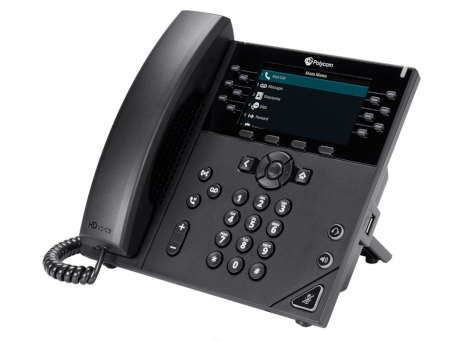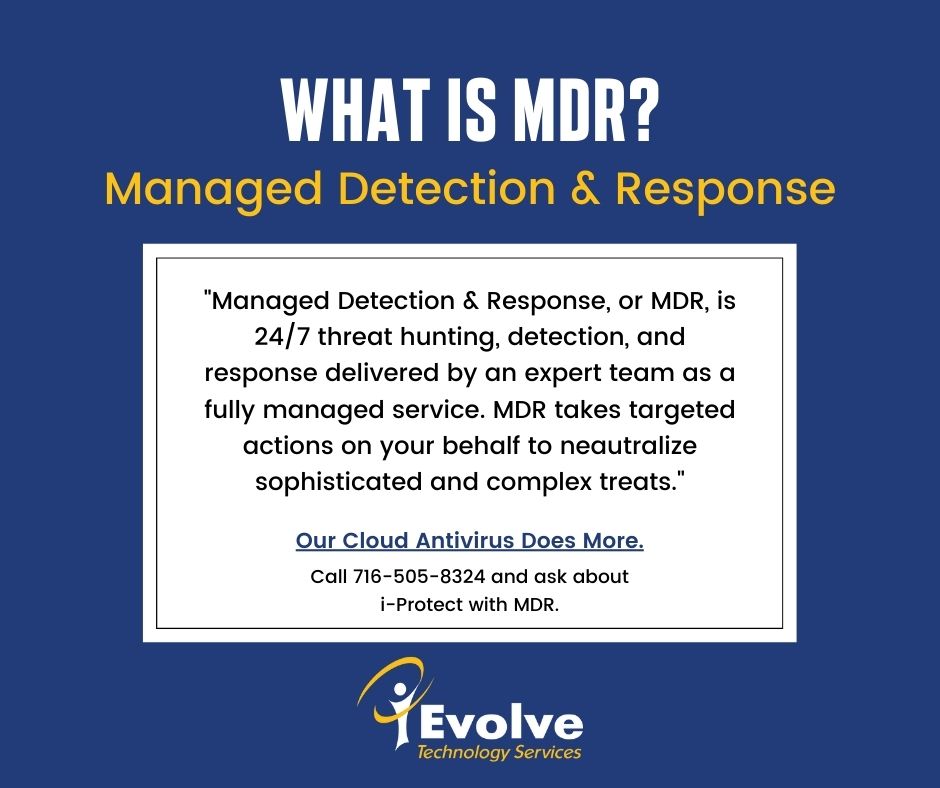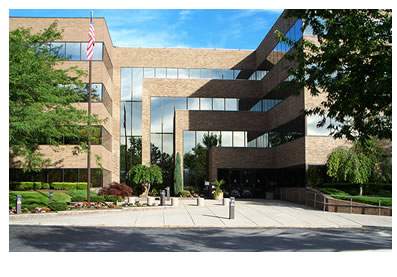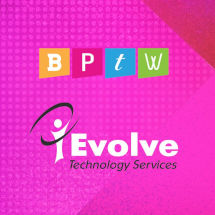MSPs aren’t just “fixers”, but rather highly knowledgeable professional advisors. Your MSP can provide insight, supporting data, benchmarks and reference experiences to help guide IT budget decisions.

The IT budget itself says a lot about its business owners: whether executives have a roadmap for the future and whether they’re willing to pay for it, whether company leaders value innovation or whether they still see technology as only a behind-the-scenes function.
Budgets must reflect the company’s strategic plans for the upcoming year by allocating money to those projects deemed high priority based on business goals and objectives.
But the IT budget can do much more than that, if it’s put together using the right questions and tactics, and leverages research, MSP as consultant and IT leaders. Business owners and CIOs can use the budget as a tool to drive more innovation, with the aim of delivering not just tactical IT but the kind of technology services that produce true digital transformation.
Here are five ways that your MSP can help you to make your forecast not just adequate, but strategic.
Use Benchmarks
Kevin Sauer, CIO of Phoenix-based Preferred Homecare, takes a methodical approach to preparing his company’s annual IT budget, going through strategic planning sessions with his business colleagues and identifying priorities to best understand what tech-driven business initiatives need to be funded in addition to the more routine IT infrastructure and corporate services items.
“We start with KTLO” — the keep-the-lights-on spending — “and then ask what they want to do under improvements,” he says.
Your MSP can then help him to compare his budget against what they have found to be optimal spend for companies based on size, industry and other factors. This allows him to draw comparisons and put IT spending into perspective for his CEO, executive colleagues and the board - a strategy that has helped him to increase funding for key initiatives.
Leverage Capex/Opex Accounting
Back when companies ran their own data centers and invested heavily in IT hardware, accountants had an easy go of separating capital spending from the regular operating budget. That delineation has blurred as IT’s mission has shifted from maintaining costly, short-lived infrastructure to delivering the technology that supports strategic initiatives in a cloud computing environment.
Your MSP can provide guidance as to how to move more of the IT spend under capex. This has major advantages, the most noteworthy being that the company can delay the realization of those expenditures — an attractive proposition for the company’s stakeholders.
Invest in Stars
Because CIOs don’t ever get enough money in their annual budgets to fund every item on their to-do lists, they have to make choices about what gets funded and what doesn’t.
So CIOs should follow a simple rule when making those choices: Put more money into stars; don’t put money into lemons, says Andy Roswell-Jones, vice president and research director for the CIO & Executive Leadership Research team at research firm Gartner.
Your MSP will help you to perform critical evaluations of ongoing projects and operational costs. They’ll help you examine which items are delivering the best possible returns, and which you might be funding out of habit or because they’re someone’s pet project or because it once produced results.
Fix the Past
Most companies are strapped with overly complex legacy environments that use up more resources than their business value justifies. Yet many IT budgets contain inadequate funds to fix legacy problems, he says. Rather, they exclusively fund, first, keeping the lights on and, second, only those projects that fulfill the most immediate business needs.
Organizations with that approach will wake up one day to realize that their environments are at end of life, leaving them with unacceptable risks and a need to scramble to fix the problem.
Your MSP will help you to fight the “tyranny of the urgent”, whereby the most pressing needs get all of the attention, and in this case, budget. A best practice is to start with a certain amount of budget every year for addressing any problems with legacy technology, making sure that too many of your assets are not approaching end of life at the same time.
Fund for the Future
The IT budget should reflect more than the strategic needs of the organization for the upcoming year; it needs to also create a vision for three to five years. Leading businesses do that by ensuring there’s money allocated to initiatives that lay the groundwork for the organization’s future state.
If you’re a company thinking about how digital will disrupt your business or your market in the future and you’re not putting money aside for those transformation projects, adjust your budgets now. Your MSP can look at your current infrastructure, approximate your future requirements in keeping up with digital transformation in your industry, and make recommendations accordingly.
Kevin Kelly, President of I-Evolve Technology Services, has worked in a consultative fashion with businesses across Western New York for more than a decade. Kelly recommends following a strategy he has seen successful business owners use, whereby they substantiate the costs of modernization projects by demonstrating how such work will drive out unnecessary costs.
Kelly advises business owners to leverage part of the money saved through modernization and the creation of efficiencies. By reinvesting that money in other modernization projects, businesses achieve the goal of creating a leaner, more productive IT infrastructure that is poised to support the company’s overall revenue growth.
Questions? Contact I-Evolve at 716-808-8324 or online at www.i-evolve.com.








